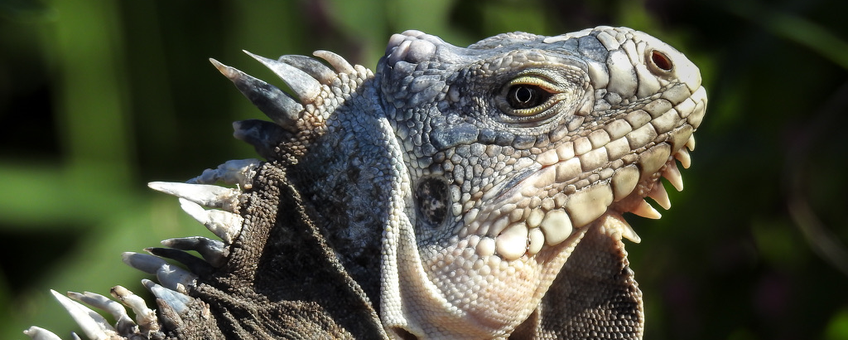
Biosecurity threat highlighted by Caribbean organizations
Dutch Caribbean Nature Alliance (DCNA), STENAPAAlthough the La Soufrière volcano on St. Vincent saw its latest explosive eruption over a month ago, and the threat level has decreased to orange, caution is still necessary. Uncertainty for the St. Vincent population therefore remains, as thousands of people had to evacuate their villages and stay elsewhere on the island. Further uncertainty and hardship are caused by the eruptions’ effect on local food and water supplies. Luckily, in a region where catastrophic weather events are not uncommon, regional organizations and nations quickly mobilized relief efforts to aid Vincentians.
In a letter to the journal Science, biologists from twelve Caribbean organizations, including STENAPA on St. Eustatius, highlight the need to prioritize both humanitarian aid and biosecurity when responding to natural disasters. The authors note how bypassing biosecurity could cause additional long-term harm to both the local ecosystems and the human population. Erik Boman, director of STENAPA, pointed out that this threat is especially grave on islands. The letter also “urges governments and aiding parties responding to catastrophes to recognize and mitigate potential risks".
Several of the authors have been involved in invasive species control on Dominica, where during the humanitarian aid campaign that followed the passing of Hurricane Maria in 2017, several non-native species were introduced. The local NGO WildDominique is currently working hard to remove both amphibian and reptile species that established populations there. The green iguana is also a biosecurity issue for local iguana (Iguana delicatissima) on St. Eustatius. Although thousands of dollars have already been invested in these eradication efforts, a complete assessment of all species that arrived with the aid supplies still awaits. In the aftermath of natural disasters, when the natural environment is heavily affected and recovering, arriving non-native species will have the opportunity to spread out further and would form a major threat to the isolated and native flora and fauna on the island.
The letter further addresses the need for wide and multi-organizational collaborations to prepare for future large-scale humanitarian aid campaigns, of which each will be unique.
You can find the letter to Science here.
Text: Matthijs P. van den Burg, IUCN SSC Iguana Specialist Group, DCNA, STENAPA St Eustatius
Photo: Philippa King, Stenapa St Eustatius (lead photo: lesser Antillean iguana)
